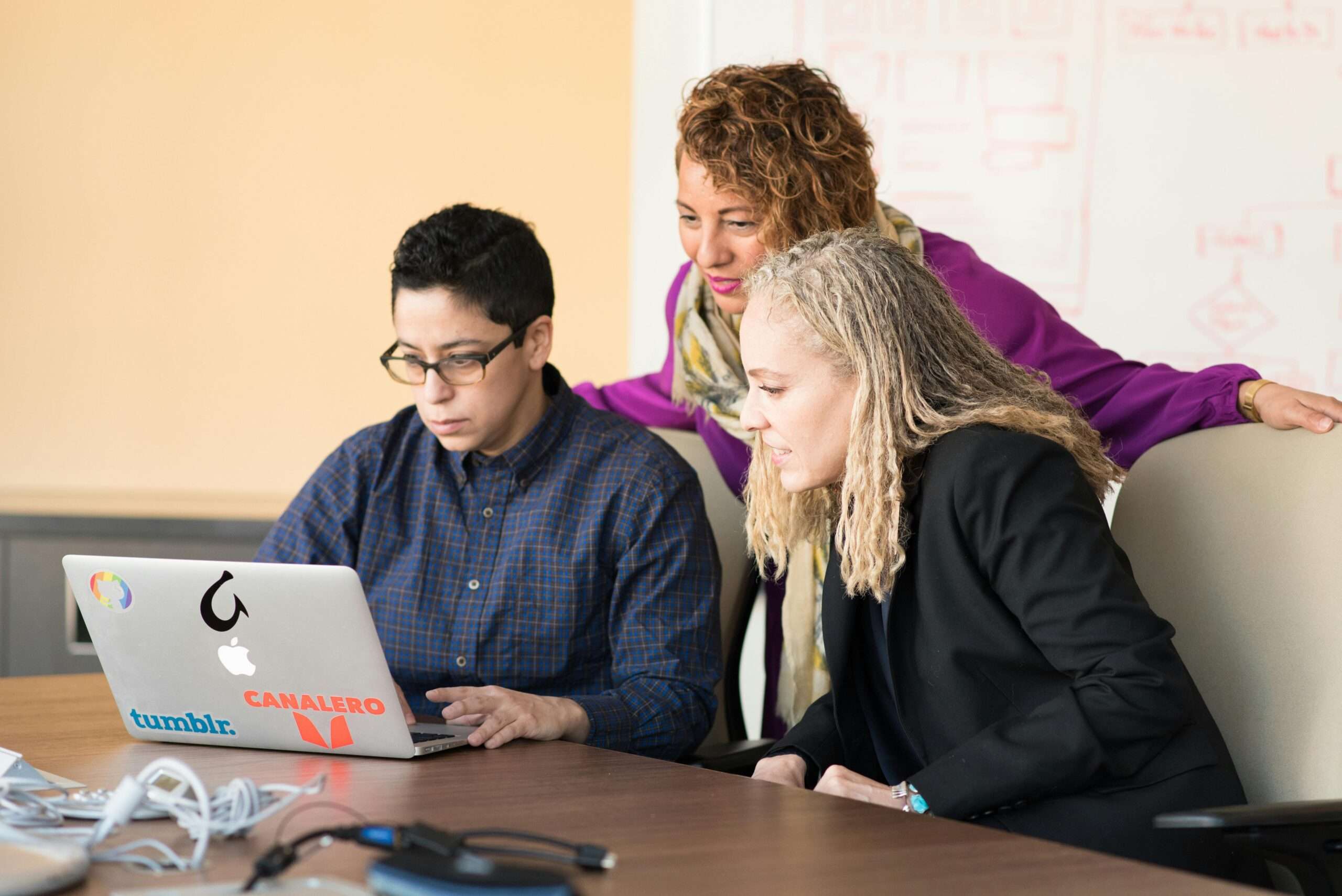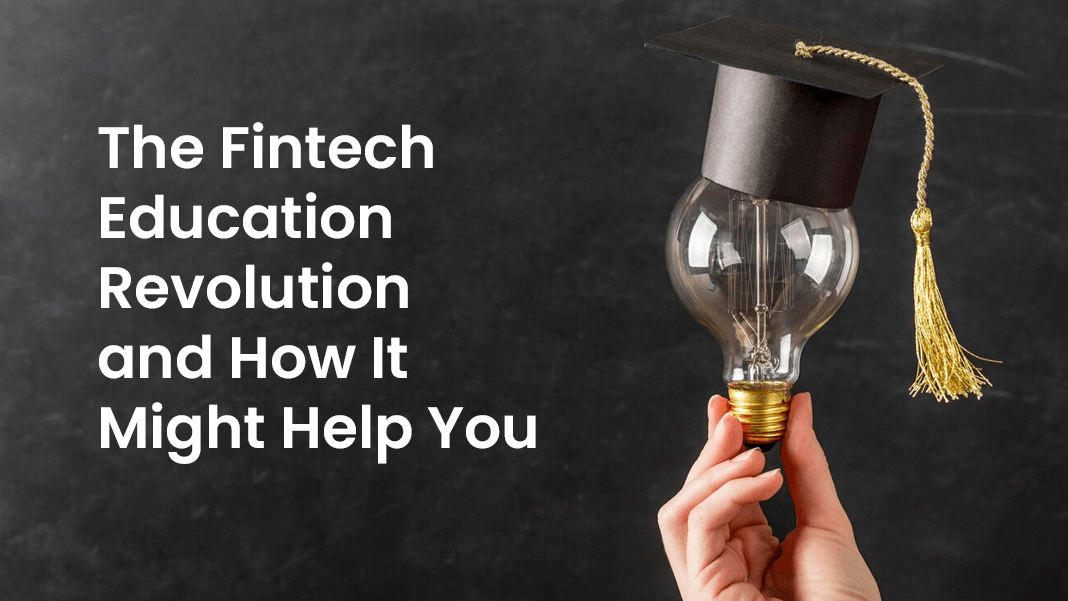Education as a Human Right
Education is not a privilege but a fundamental human right, deeply embedded in global consciousness and championed by individuals and organizations worldwide. This concept traces its roots to the aftermath of World War II when the Universal Declaration of Human Rights, adopted by the United Nations in 1948, laid the groundwork by explicitly stating in Article 26 that “Everyone has the right to education.” This historic moment affirmed that education is a birthright accessible to all, not a privilege for a select few. In adherence to Article 21A of the Indian Constitution, the Right to Education Act (RTE) was enacted on August 4, 2009, outlining the criteria for free and compulsory education for Indian children aged 6 to 14. Enforced on April 1, 2010, this act positioned India among 135 nations that recognize education as the fundamental right of every child.
Why Education as a Human Right is Necessary
Education serves as the cornerstone of personal growth and societal advancement, equipping students with the knowledge, skills, and opportunities essential for a fulfilling life and meaningful community contributions. Education empowers students through critical thinking, problem-solving, self-development, and creativity, fostering informed decision-making and active democratic participation. It also dismantles the shackles of poverty, promoting social equity by offering marginalized and underprivileged students the chance to uplift themselves and contribute to a fairer society.
Importance of Education as a Human Right in India
In India, the importance of education as a human right cannot be overstated. Recognizing education as a fundamental human right is imperative for several compelling reasons.
Improved Literacy Rates: By making education accessible to all, regardless of their socio-economic background, India can significantly boost its literacy rates ensuring that no one is left behind as rural areas often face challenges in providing quality education. By improving educational infrastructure and resources we can uplift entire communities and narrow disparities in literacy rates.
Skills Development: In a world driven by technology and innovation, the ability to adapt and acquire new skills is paramount. Education equips students with not only foundational education but also the technical and vocational skills necessary to thrive in a rapidly changing job market, reducing unemployment and poverty.
Empowerment of Women: Education plays a pivotal role in promoting gender equality and social progress. When girls and women have access to education, they are more likely to challenge traditional gender roles, participate in decision-making processes, and be more informed about their rights.
Global Competitiveness: A highly skilled and educated workforce makes India more competitive on the global stage ensuring overseas companies investment leading to increased job opportunities and economic prosperity breaking the social norms and cycle of poverty to escape the cycle of intergenerational poverty.
Furthermore, in a burgeoning nation like India, a well-educated populace is the catalyst for robust economic growth, enhancing productivity and global competitiveness, with young students poised to lead the charge, armed with quality education.
Evolution of Education Over Time
The evolution of education has been a remarkable journey from traditional offline methods to modern virtual approaches. Offline education, which has been the norm for centuries, involves physical classrooms, face-to-face interaction with teachers, and printed textbooks. While it has its merits, it also comes with limitations.
Offline VS Online Education:
Requires students and teachers to be physically present, limiting access for those in remote areas. Often involves high infrastructure and operational costs, making it less scalable and lacking flexibility in terms of timing and location.
In contrast, virtual education harnesses the power of technology to deliver education online, making learning accessible to a broader audience without worrying about geographical location. This approach is gaining popularity for several other compelling reasons.
Why Virtual Education is Preferred Over Offline Education
Accessibility: Virtual education overcomes geographical barriers enabling students from remote areas to access quality education resources bridging the rural-urban divide where many students reside in remote villages far from educational institutions, without the need for extensive travel thus saving time, effort, and money travel and transportation.
Cost-Effectiveness: The core advantage of virtual education is its cost-effectiveness as it eliminates the need for costly physical infrastructure, making education more affordable for students from all socio-economic backgrounds. Additionally, it reduces the financial burden associated with travel and transportation.
Customized Learning Pace: Online platforms can tailor content to student needs, providing a personalized learning experience. In traditional classrooms, students often need to adhere to a fixed pace set by the teacher. Virtual education, on the other hand, allows learners to progress at their speed ensuring students fully grasp the material before moving on.
Technological Advancements: Virtual education leverages multimedia integration including videos, quizzes, animations, interactive simulations, and graphics, to make learning more engaging and interactive. AI-driven insights enable continuous improvement in course design and delivery, leading to a more effective learning experience that tracks student progress and performance.
Reduced Peer Comparison Pressure: In traditional classrooms, students might feel pressured to keep up with their peers, which hinder their learning experience. Virtual education minimizes this pressure, allowing students to focus on their individual growth and learning goals.
Flexibility: Virtual education allows learners to set their own pace and schedule without worrying about other students’ pace and comparison. Students can schedule their learning around work, family, and other responsibilities, making it feasible for them to pursue further education and career advancement.
The future of education as a human right lies in our ability to harness technology effectively while ensuring that no one is left behind. It is a collective responsibility that requires governments, educational institutions, and parents to work together to provide inclusive and equitable education opportunities for all.
Conclusion
Education as a human right is not a mere aspiration, it is a moral imperative to bring social progress. The evolution of education from traditional offline methods to virtual education reflects the changing landscape of learning. At Sunbeam World School we leverage virtual education, with its accessibility, flexibility, and cost-effectiveness, emerging as a powerful tool in ensuring education is a human right for all. As parents and caregivers, it is our responsibility to support and embrace these changes, ensuring that every child has the opportunity to learn and grow, regardless of their circumstances.










